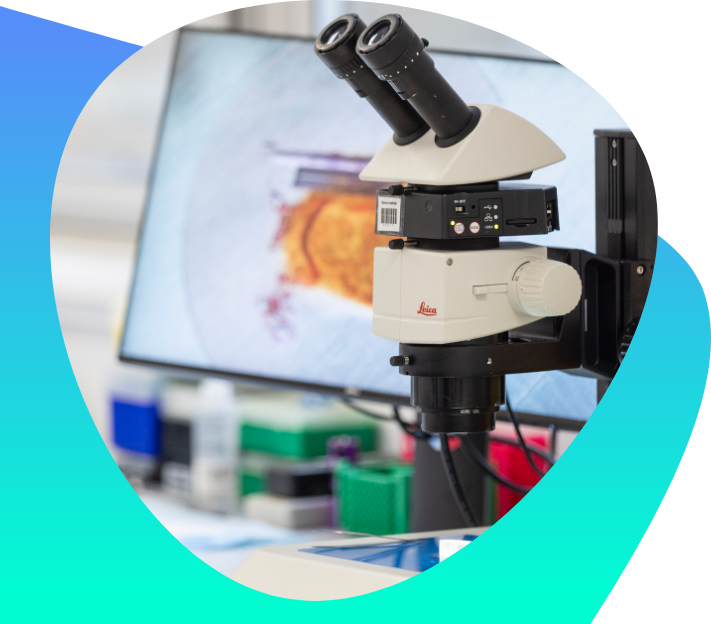Dementia
Dementia causes impairment of cognition (thinking, remembering, reasoning [2]) and can affect language, behaviour, personality and mobility [7]. As the disease progresses, the person loses ability to perform everyday tasks and maintain independence. Features vary according to dementia type and severity. Table 1 describes some common findings. .
TABLE 1
Common features of dementia [2,3,5]
| Cognition |
|
|---|---|
| Behaviour and emotions |
|
| Movement |
|
| Sleep |
|
| Language |
|
| Perception |
|
- A thorough history from the patient and close friends/family
- Lewy body dementia – caused by abnormal deposits of protein alpha-synuclein (Lewy bodies)
- Frontotemporal dementia – caused by abnormal amounts or types of tau and TDP-43 proteins in frontal and temporal lobes
- Vascular dementia – makes up 10% of dementia [3] and is caused by obstructed flow of blood and oxygen to the brain. Changes related to stroke, or white matter may be seen
- Mixed dementia is a combination of two or more types of dementia.
- Other diseases can cause dementia, or dementia-like syndromes, such as Creutzfeldt-Jakob disease, Huntington’s disease, and Chronic Traumatic Encephalopathy (repeated traumatic brain injury).
With no single test for dementia, and with other medical conditions able to mimic dementia such as depression, it can take around three years to receive a confident diagnosis. It is often longer for people whose first language is not English [1]. Some or all the following will be needed to reach a diagnosis:
- A thorough history from the patient and close friends/family
- Medical history, such as past stroke
- Physical examination
- Cognitive tests
- Laboratory tests for other causes of cognitive impairment, such as anaemia, vitamin B12, and thyroid function
- Brain imaging to check for abnormalities such as stroke or cerebral atrophy (signs of loss of brain tissue seen in normal ageing or neurodegenerative dementia).
Research at the Bionics Institute into dementia
• Our researchers are developing the use of transcranial magnetic stimulation, a non-invasive treatment that shows promise of improving cognition in Alzheimer’s disease and a range of other diseases.
• Transcranial Magnetic Stimulation (TMS) is a safe and painless technique, which uses magnetic pulses to alter brain activity.
With your help, we can accelerate this research and improve diagnosis and treatment of dementia.
Your support today could change the lives of people with dementia around the world.
Want to support the future of research like this?
Early-stage research for life-changing devices like this is made possible by donations from our supporters.
Your support today could turn the seed of an idea into a new treatment in the future.
Medical disclaimer
This article contains general information relating to a medical condition. Such information is provided for informational purposes only and does not replace medical advice given by your healthcare professional.
References
1. NHMRC National Institute for Dementia Research. Boosting Dementia | Report on early outcomes. (CC BY 4.0) [Internet]. 2018. Available from: https://www.nhmrc.gov.au/file/15479/download?token=mh688ClE
2.What Is Dementia? Symptoms, Types, and Diagnosis [Internet]. Source: National Institute on Aging. 2021 [cited 2022 May 4]. Available from: https://www.nia.nih.gov/health/what-is-dementia
3.What Is Dementia? [Internet]. Source: CDC. 2019 [cited 2022 May 4]. Available from: https://www.cdc.gov/aging/dementia/index.html
4.Can I Prevent Dementia? [Internet]. Source: MedlinePlus, National Library of Medicine. 2022 [cited 2022 May 4]. Available from: https://www.alzheimers.gov/life-with-dementia/can-i-prevent-dementia
5.Understanding Different Types of Dementia [Internet]. Source: MedlinePlus, National Library of Medicine. 2022 [cited 2022 May 4]. Available from: https://www.nia.nih.gov/health/infographics/understanding-different-types-dementia
6. Vascular Dementia: Causes, Symptoms, and Treatments [Internet]. Source: National Institute on Aging. 2021 [cited 2022 May 4]. Available from: https://www.nia.nih.gov/health/vascular-dementia
7.Australian Institute of Health and Welfare. Dementia. (CC BY 4.0) [Internet]. 2020 [cited 2022 May 4]. Available from: https://www.aihw.gov.au/reports/australias-health/dementia
8.Dementia in Australia | Prescriptions for dementia-specific medications. (CC BY 4.0) [Internet]. Australian Institute of Health and Welfare. 2021 [cited 2022 May 4]. Available from: https://www.aihw.gov.au/reports/dementia/dementia-in-aus/contents/health-services-used-by-people-with-dementia/prescriptions-for-dementia-specific-medications
9.Alzheimer’s Disease Fact Sheet [Internet]. Source: National Institute on Aging. 2021 [cited 2022 May 4]. Available from: https://www.nia.nih.gov/health/alzheimers-disease-fact-sheet
10.Hodes R. Dementia prevention: What does the evidence tell us? | National Institute on Aging [Internet]. Source: National Institute of Aging. 2017 [cited 2022 May 4]. Available from: https://www.nia.nih.gov/research/blog/2017/10/dementia-prevention-what-does-evidence-tell-us



